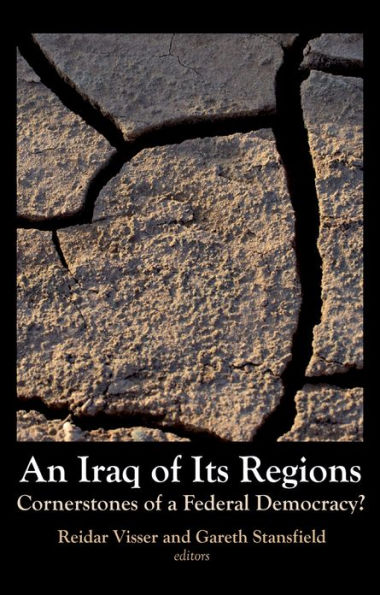Home
Archaeological Typology and Practical Reality: A Dialectical Approach to Artifact Classification and Sorting
Barnes and Noble
Loading Inventory...
Archaeological Typology and Practical Reality: A Dialectical Approach to Artifact Classification and Sorting
Current price: $63.99

Barnes and Noble
Archaeological Typology and Practical Reality: A Dialectical Approach to Artifact Classification and Sorting
Current price: $63.99
Loading Inventory...
Size: OS
*Product information may vary - to confirm product availability, pricing, shipping and return information please contact Barnes and Noble
Classifications are central to archaeology. Yet the theoretical literature on the subject, both in archaeology and the philosophy of science, bears very little relationship to what actually occurs in practice. This problem has long interested William Adams, a field archaeologist, and Ernest Adams, a philosopher of science, who describe their book as an ethnography of archaeological classification. It is a study of the various ways in which field archaeologists set about making and using classifications to meet a variety of practical needs. The authors first discuss how humans form concepts. They then describe and analyse in detail a specific example of an archaeological classification, and go on to consider what theoretical generalizations can be derived from the study of actual in-use classifications. Throughout the book, they stress the importance of having a clearly defined purpose and practical procedures when developing and applying classifications.
Classifications are central to archaeology. Yet the theoretical literature on the subject, both in archaeology and the philosophy of science, bears very little relationship to what actually occurs in practice. This problem has long interested William Adams, a field archaeologist, and Ernest Adams, a philosopher of science, who describe their book as an ethnography of archaeological classification. It is a study of the various ways in which field archaeologists set about making and using classifications to meet a variety of practical needs. The authors first discuss how humans form concepts. They then describe and analyse in detail a specific example of an archaeological classification, and go on to consider what theoretical generalizations can be derived from the study of actual in-use classifications. Throughout the book, they stress the importance of having a clearly defined purpose and practical procedures when developing and applying classifications.

















